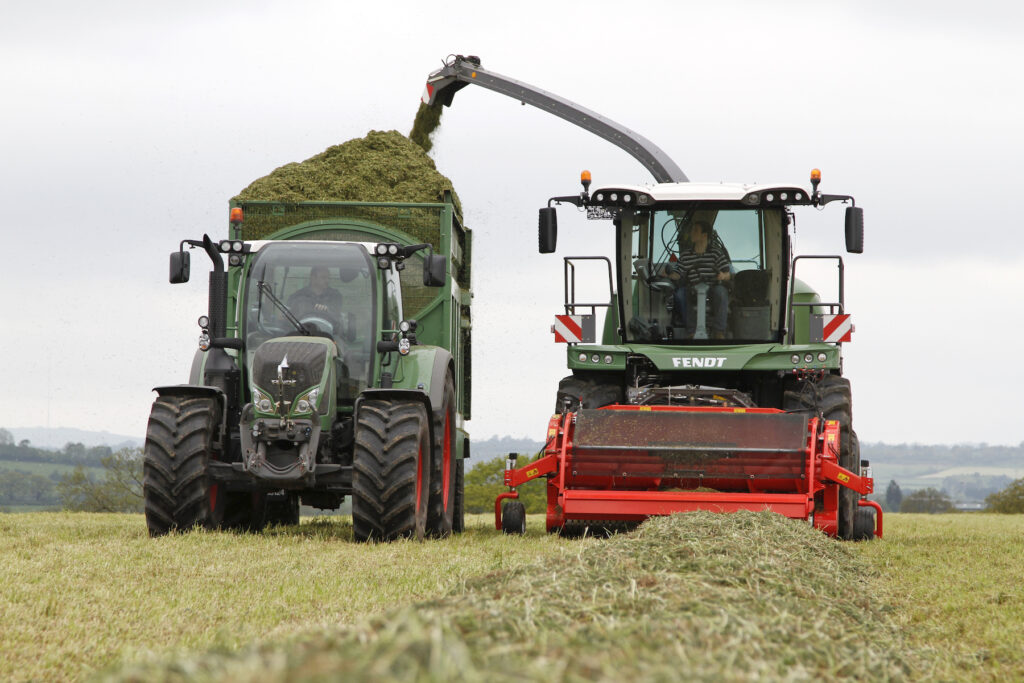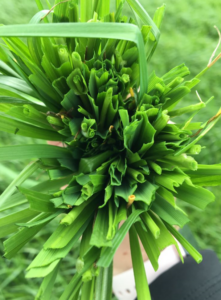Still an opportunity to bolster silage stocks
4th August 2023
Dairy farmers are being urged to make the most of the recent grass growth to produce good quality third and fourth cut silages.
Lientjie Colahan, technical manager at Lallemand Animal Nutrition, says some farmers will be concerned about winter forage stocks as they are already feeding their first cut, but it is not all over for this season and there is still an opportunity to bolster silage stocks.
“We’re seeing a real mixed bag of silage analysis this season; some producers have a good quantity of high-quality forage, while some have very little silage of high quality, or a lot of silage that’s of a lower feed value,” she explains.
“However, recent rainfall, warm temperatures and the fact there will be, in places, some residual nitrogen available in the ground for the crop means there’s still an opportunity to make good quality grass silage this summer.”
Mrs Colahan says if producers have not already done so, they need to top any field where grass has gone to seed – whether it has bulked or not – so they can reset the crop and make a fresh start.
“Even though we’re late in the season, it’s possible to get further cuts of high energy, digestible silage into the clamp, which will help bolster stocks, as nutritionists start to plan for winter rations.
“Once the grass has grown and is entering the flag leaf stage, farmers should pre-cut test their grass, so they cut it at the optimum stage to maximise quality,” she says.
Mrs Colahan says producers need to start reviewing their forage budgets now and assess what’s in their clamps versus their forage and energy needs for the winter ahead.
“The more high-quality forage you have available, the more milk you’ll be able to get from forage, by maximising forage and overall nutrient intake,” she says.
“However, if you’re worried about energy shortfalls, then it’s important to start working with your nutritionist and/or feed sales representative now to think about how you’re going to make this up, as cost-effectively as possible.”
She says maize and whole-crop cereals could help bolster rations, as many crops are looking good at the moment.
In instances where producers have plenty of fibrous grass silage, Mrs Colahan says, crimping home-grown cereals would be a cost-effective option to reduce the quantity of purchased feed needed in the rations and at the same time provide a more rumen-friendly energy source than dried acid-treated grains.
She adds: “Incorporating a proven rumen modifier into the ration, like probiotic yeast Levucell SC, will improve rumen function and increase fibre and overall diet digestibility. This helps the cow to get more out of the ration, increasing milk yield from the same quantity of feed.”
For more advice on producing top-quality forage, get your copy of the Forward with Fibre guide from the Lallemand website:


